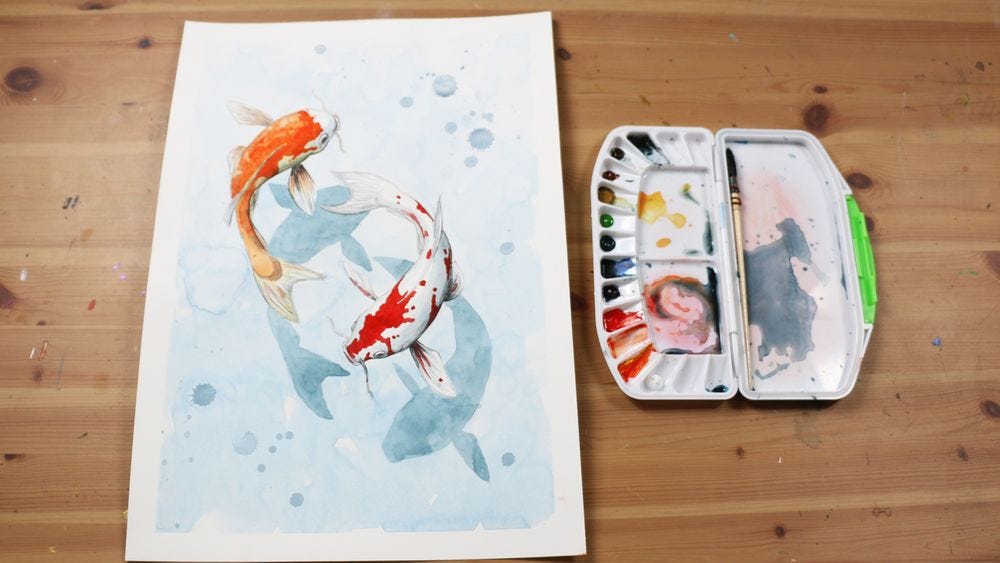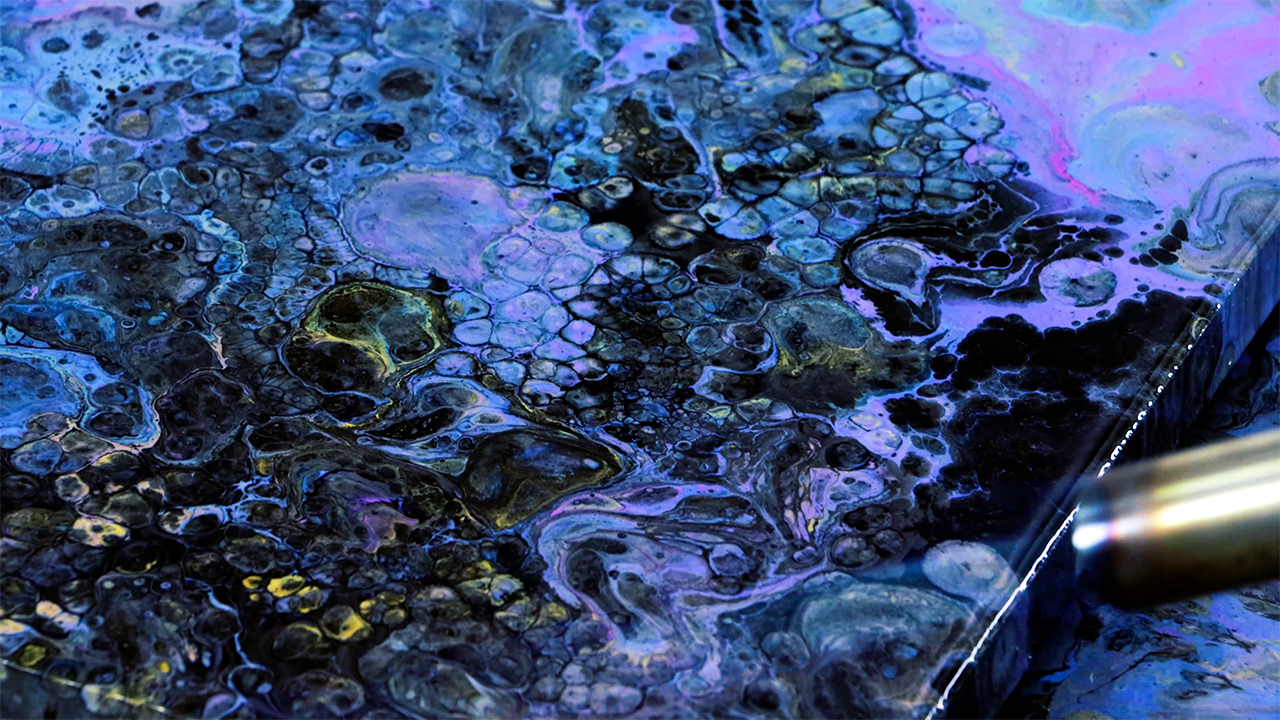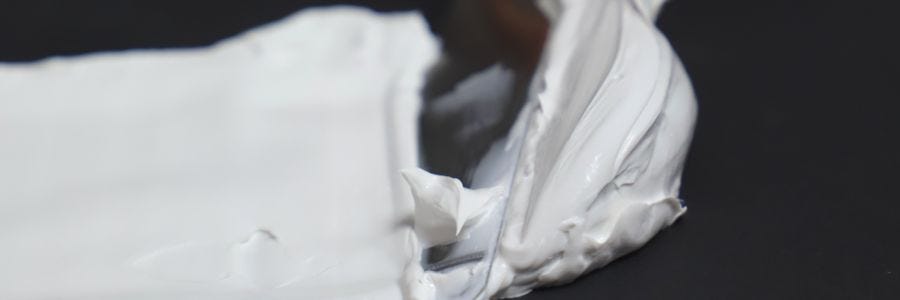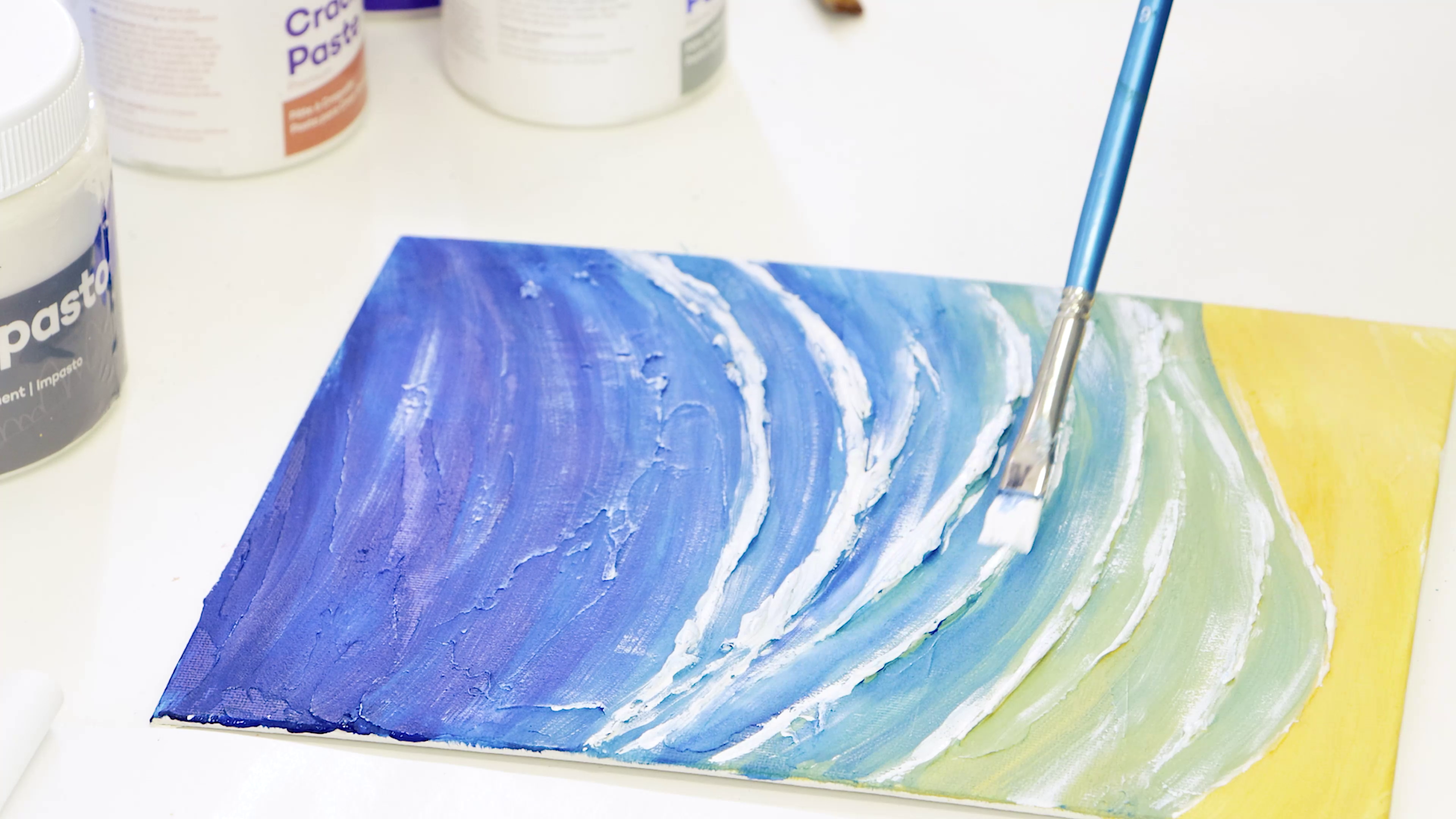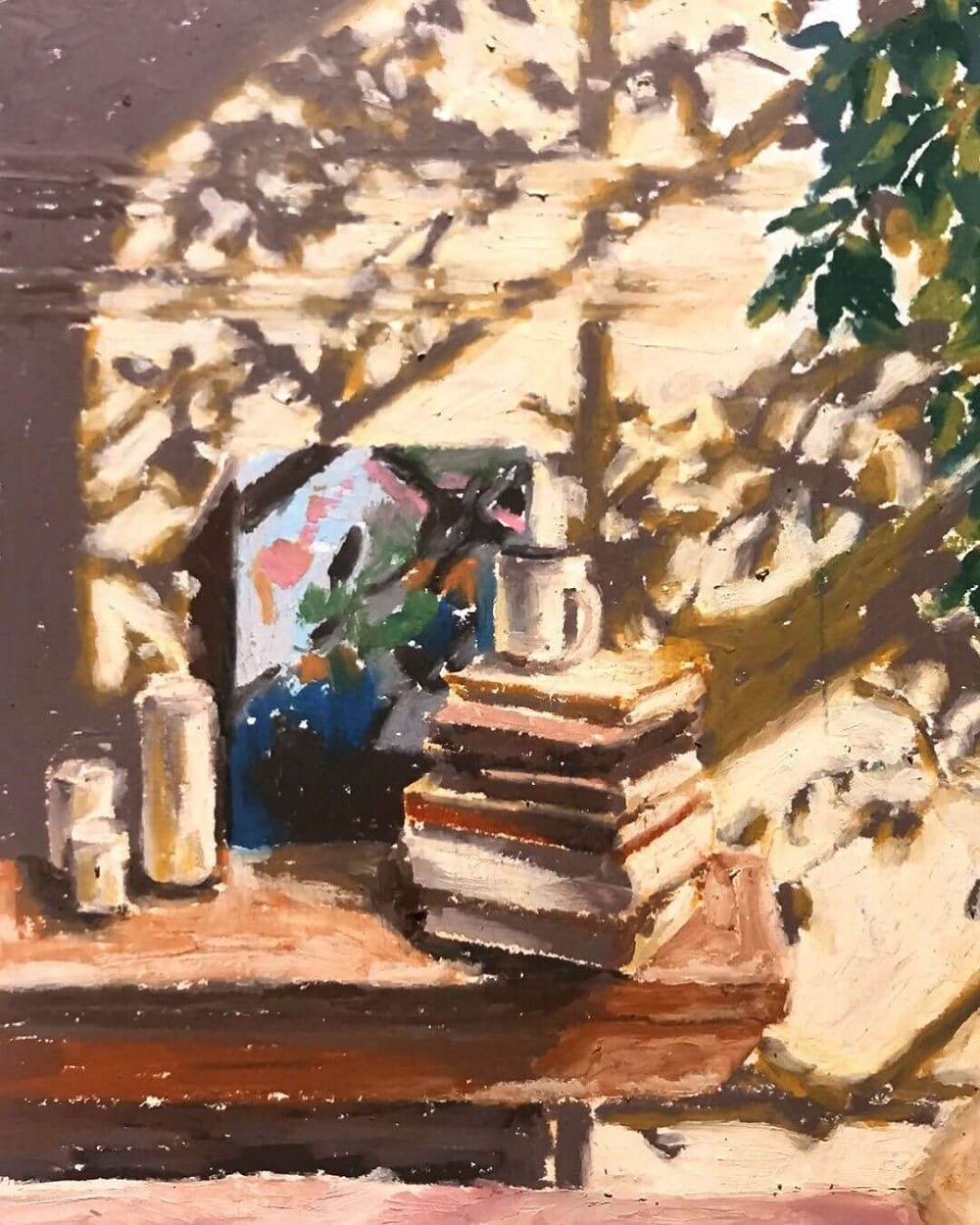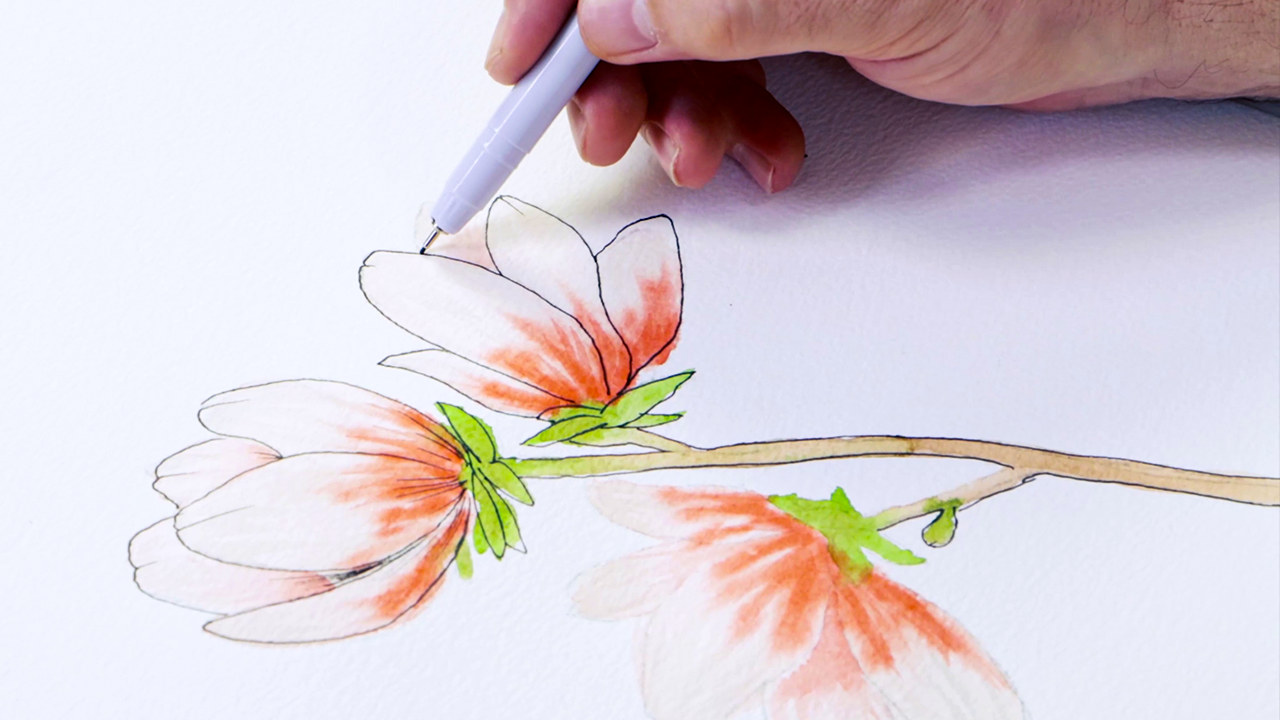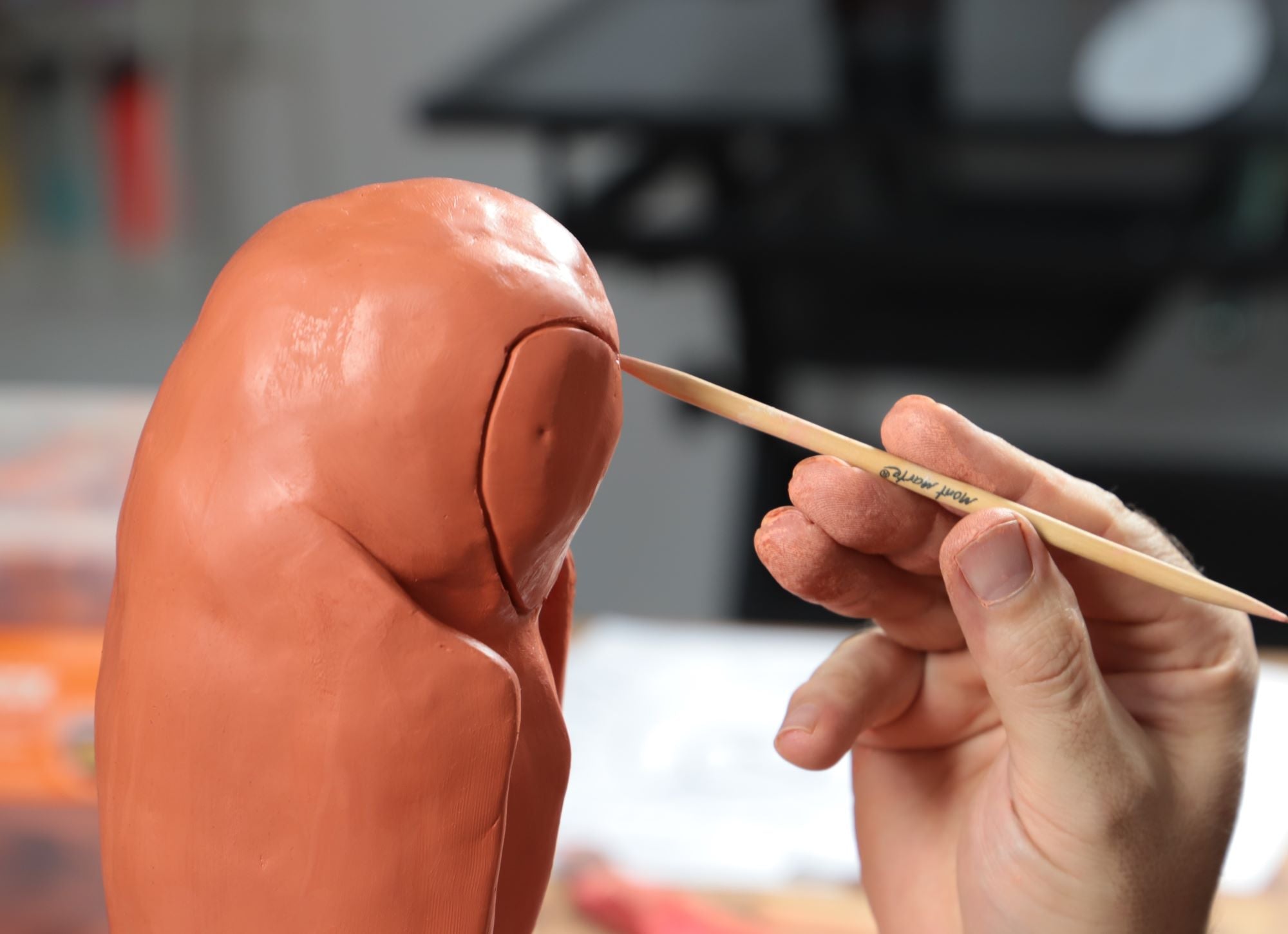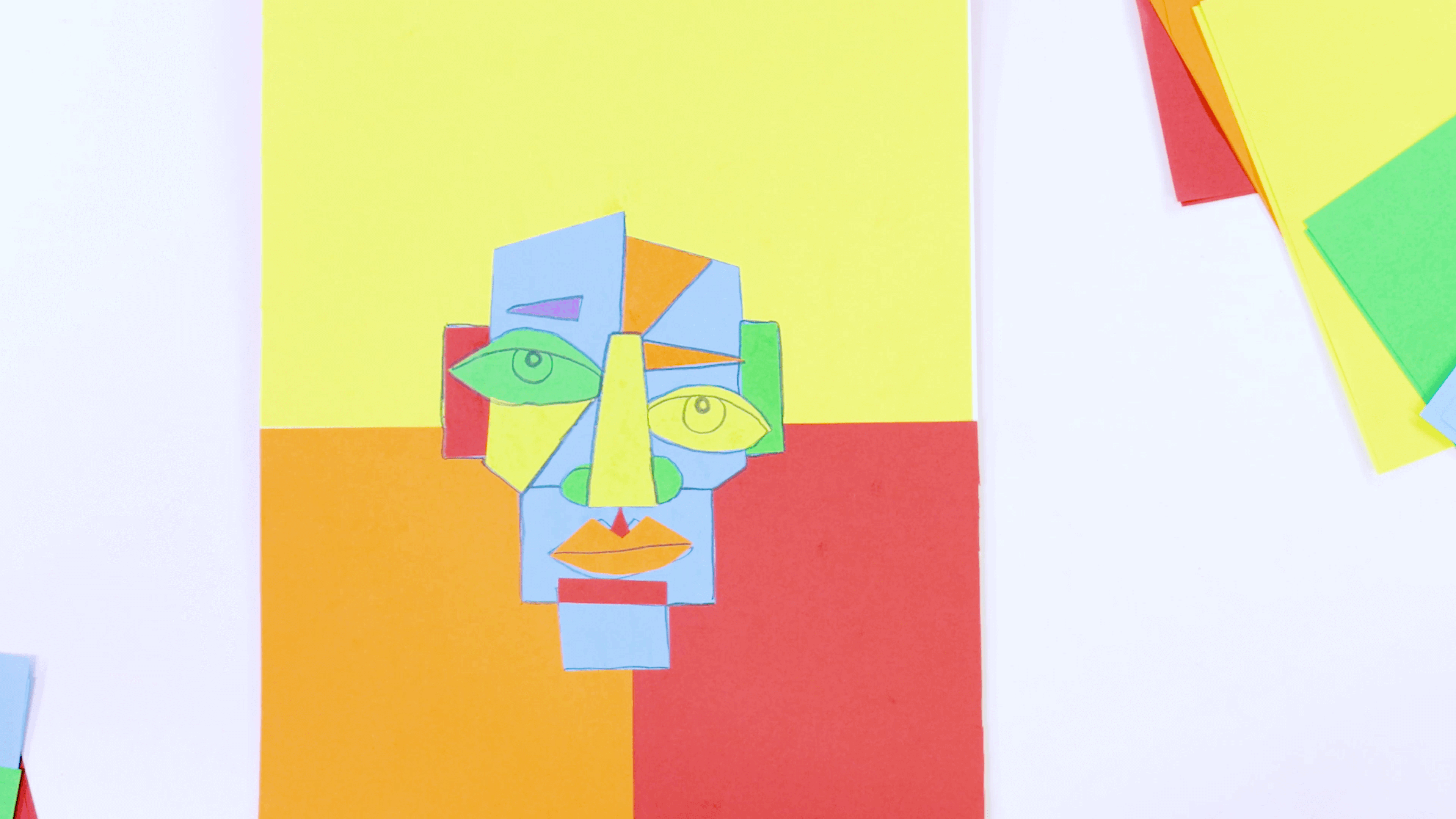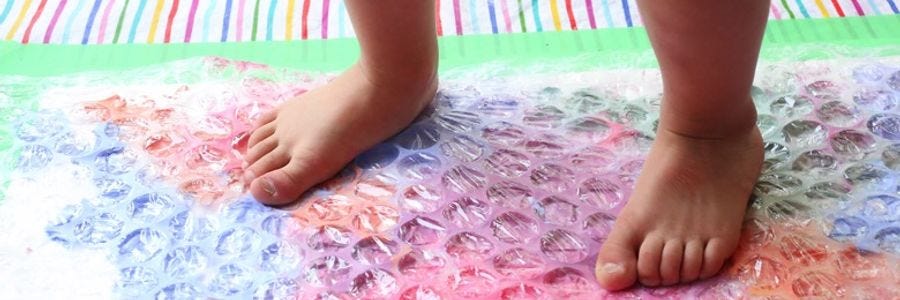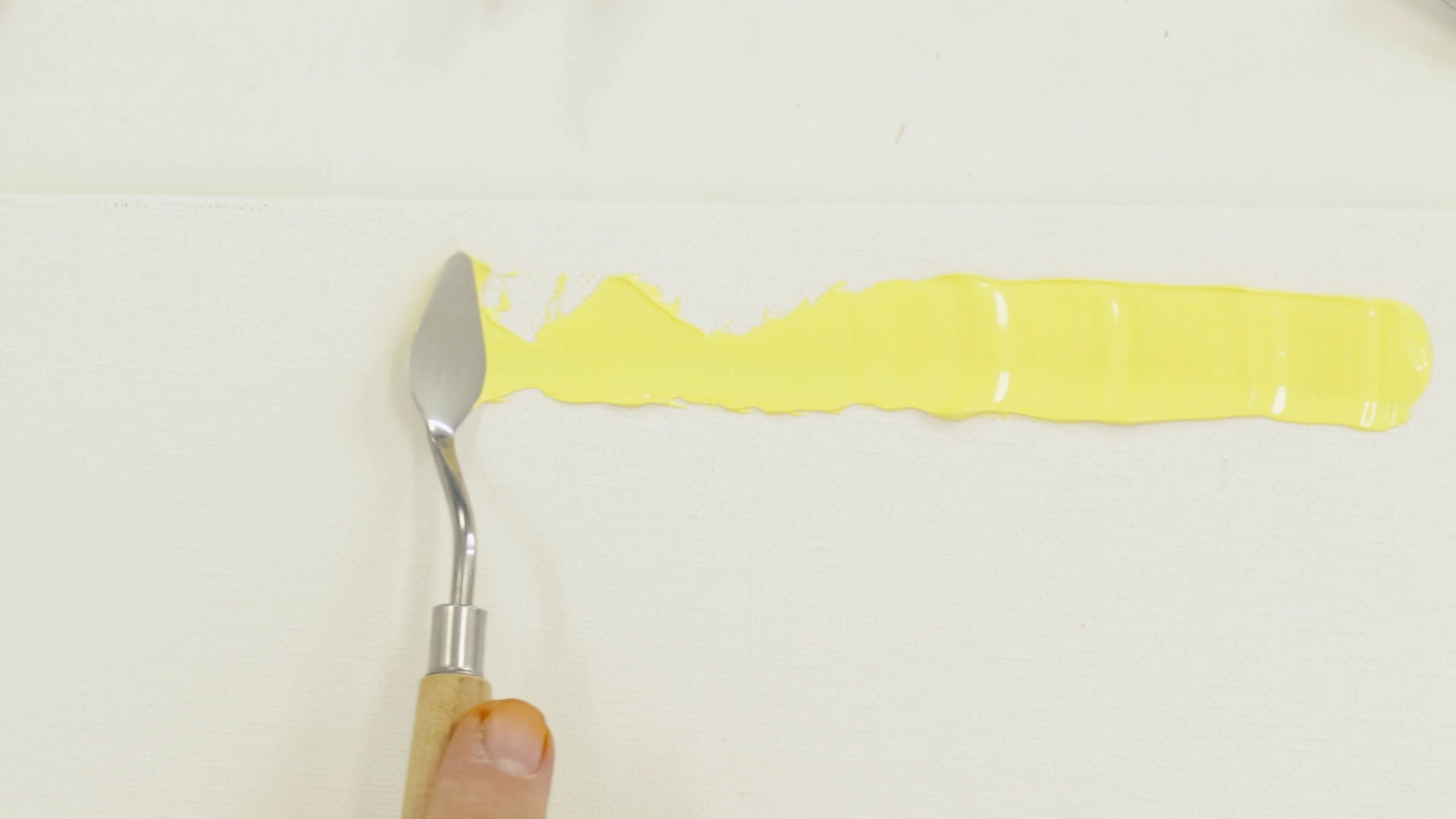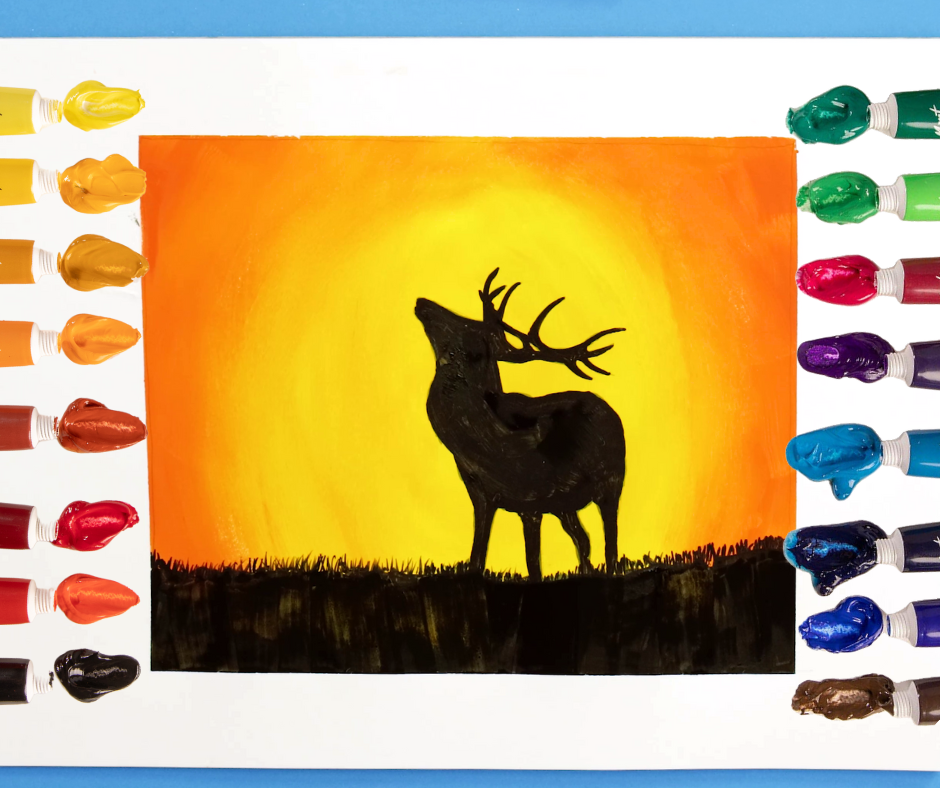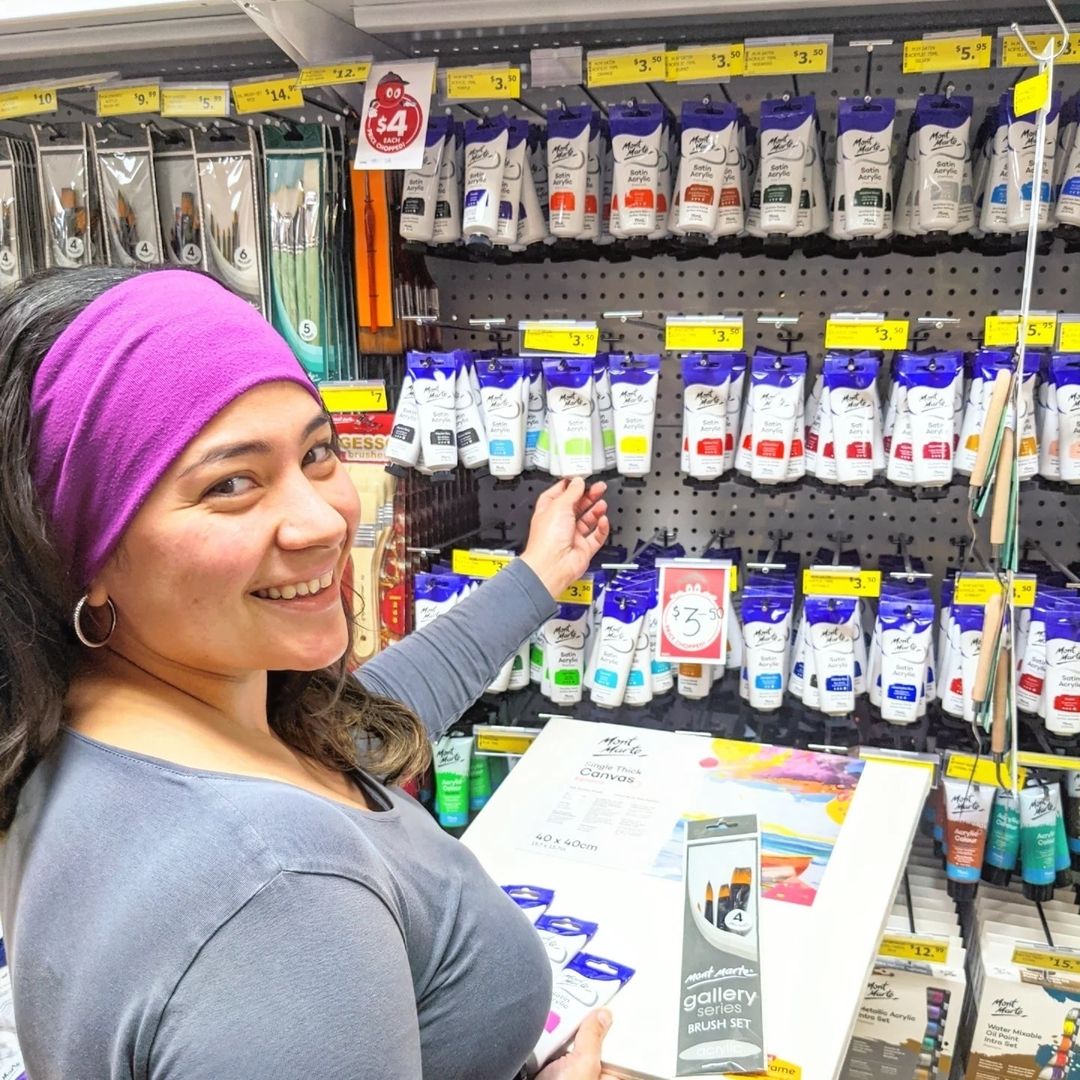With so many different types of painting knives out there, it’s hard to know what’s what. So, in this guide, we’re making things a little clearer cut when it comes to palette knife use.
Types of painting knifes
A while ago, paint and palette knives were thought of as two completely different tools. A painting knife had a steel, angular blade, and a palette knife was straight and used to mix paint on a palette. Today, these terms are interchangeable -- so what was once considered strictly a “painting knife” can also be called a “palette knife,” (we love simpler things). But with that sorted, there’s still a bit of confusion with the different types of knives, so let’s walk through the different shapes, sizes and how you would use them.
Spatula
With a flexible blade, a spatula painting knife is great for spreading both acrylic and paint about.
No. 12
If palette knife painting isn’t your first rodeo, then this is the knife for you. With a large, spatula style blade measuring at 5 x 14.5cm (1.97 x 5.71in), there’s plenty of room for creativity. Use it to cut or etch in marks, or spread paint for a unique effect. The angled blade will also keep your hand free from the wet paint, so no messy mishaps!
Angular/diamond shape:
These are great for a range of techniques and have angled middles with straight edges or diamond shaped blades.
No. 2
Don’t let the size of this palette knife fool you, it can still create exceptional things. If you’re just starting out, or you find palette knives to be intimidating, we reckon this one’s worth a try. It’s great for both beginners and smaller scale works.
No. 4
Behold a fabulous all-rounder painting knife! This size is great for adding in fine details to your landscapes like grass or trees using the edge of the knife or even sgraffito techniques. The no. 4 painting knife, spreads paint across small scale works, and it’s compatible with both oils and acrylics, thanks to its stainless steel blade.
Looking at this knife, you’ll notice that it starts off angled, then ends with a rounded edge. That means that this palette knife is great for adding rounded marks, spreading paint and double loading style techniques too. So if you’re looking to try something different in your next creative session, give it a go!
If large scale projects are more your style, then the no. 10 palette knife will be great for you. This knife looks like a big cake server, but it’s great for covering large surfaces with, as well as blending colours and working with thick and heavy paints or impasto, (so I guess you could say, you can have your cake and it eat too!)
This knife is the smaller twin of the no. 10. However, you can still achieve a great range of effects, use it to blend or layer, for your medium to smaller scale projects. Plus, it’s a lot less daunting than the larger version, if you’re still getting your head around things too.
If you’re looking for elongated lines or smooth spreads, then this palette knife is worth checking out.
With its long, smooth base, you’ll be able to spread your paint smoothly like butter on toast. It’s great for medium or larger size projects, depending on the size you’re looking to cover.
With an angled edge and a rounded scoop shape blade, this palette knife if great for scooping and blending paint or layering. If you’re looking to play around with texture, use the tip of the knife to press down onto the canvas to create pointed marks for flower petals in your landscapes. Give it a go and report back with how you went!
Straight
Originally, called palette knives, these knives have long blades so they’re great for mixing paints.
We know, this type of palette knife could be mistaken for something you’d see in a kitchen. But this long, straight knife is great for mixing paint, particularly if you’re working with large amounts or thick heavy bodied paint or mediums. This knife is also a life saver when it comes to cleaning up, you can use it to scrape away excess paint once you’re finished painting.
This knife is the smaller friend of the no. 3. It has a long, straight blade that will make mixing paints and cleaning palettes super simple. Or if you’re looking to create long, straight lines, this knife will easily get the job done. As you can tell, we love when cleaning up is easier!
Sets
Not sure where to start? We say grab a set of palette knives, get creating and find what works for you.
Discovery Plastic Palette Knife Set
These 5pc Discovery sets are wonderful for mixing paints, spreading, and pushing paint around, without worrying about slicing your canvas (or hurting yourself). These plastic knives have flexible edges so they’re still the same as palette knives but without a sharp cutting edge so, they’re safe for younger artists too.
Palette knife Set Signature
This set is great if you’re new to palette knife painting or if you like to dabble in other mediums too. With five different sizes, there’s plenty for mixing, layering, blocking in and blending. Or if you dabble in clay, palette knives can also be used for cutting or slicing clay too, fun fact!
So, what are you waiting for? Check out our range of palette knives here and get started!
Not ready yet? Take a look at these 12 palette knife painting tips or get your creative sparks flying with this easy, textured painting lesson.
We hope that you feel inspired to create something new with a palette knife. Try it for yourself and #montmarteart or tag us @montmarteart on Instagram or Facebook, we’d love to see what you create.


